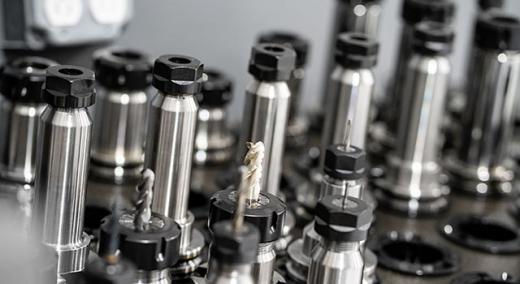From design to prototyping to manufacturing and scaling up, manufacturing is fraught with risk. Machining of critical parts may not be on the front burner until well into a product’s development. This isn’t in stakeholders’ best interests.
|
ADVERTISEMENT |
Take products with semiconductors as a component, for instance. The semiconductor components themselves must be mounted in enclosures machined from various specialty metals and alloys. The reality is that a failure in an electronic-product enclosure, or a non-semiconductor component, can be just as catastrophic as a failure of the semiconductor itself.
Given the critical nature of these components, the “cutting edge” of machining now goes far beyond having the latest CNC equipment and accessories. It also means engaging at the earliest stages of the product development process using the latest in design for manufacturing (DFM), simulation, and process verification processes prior to cutting the first part.
…

Add new comment